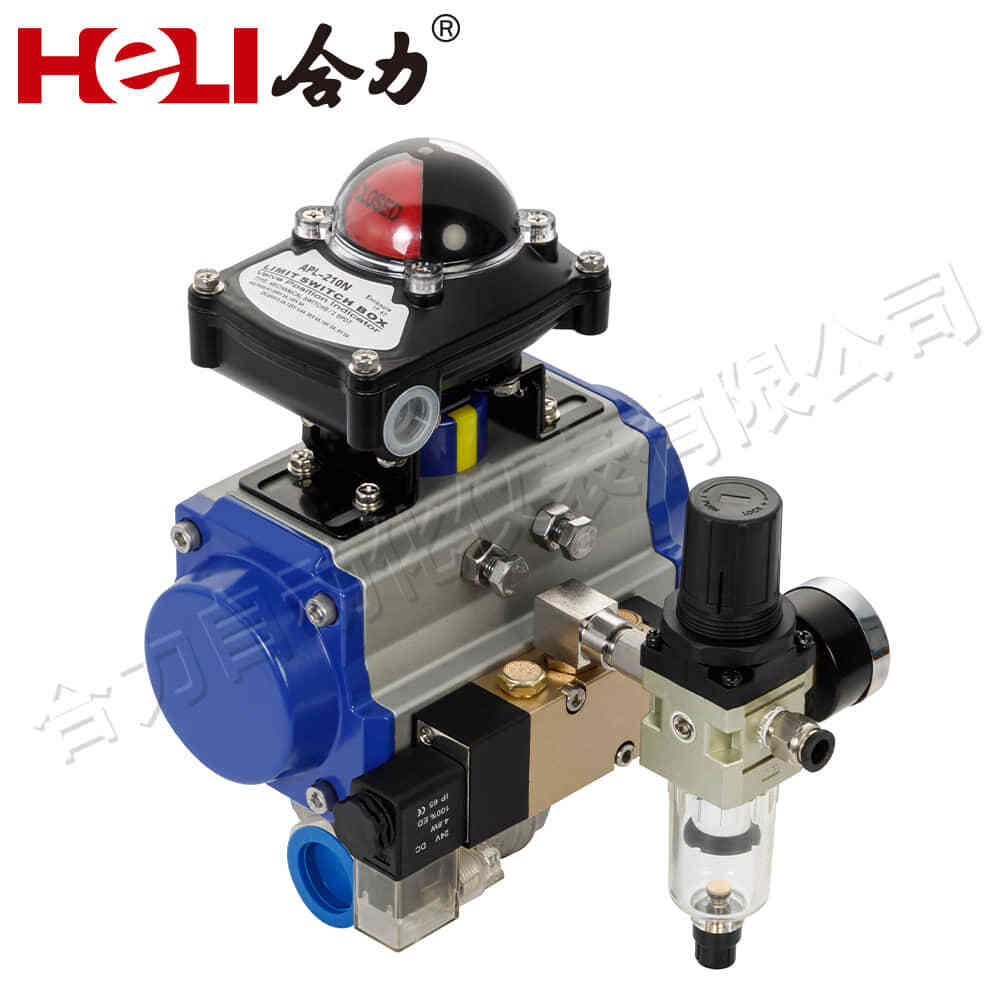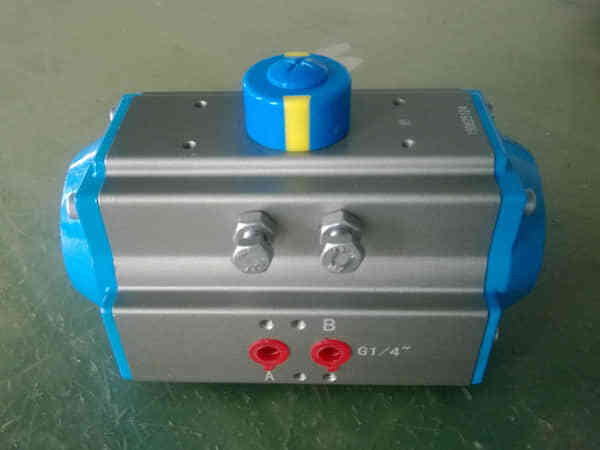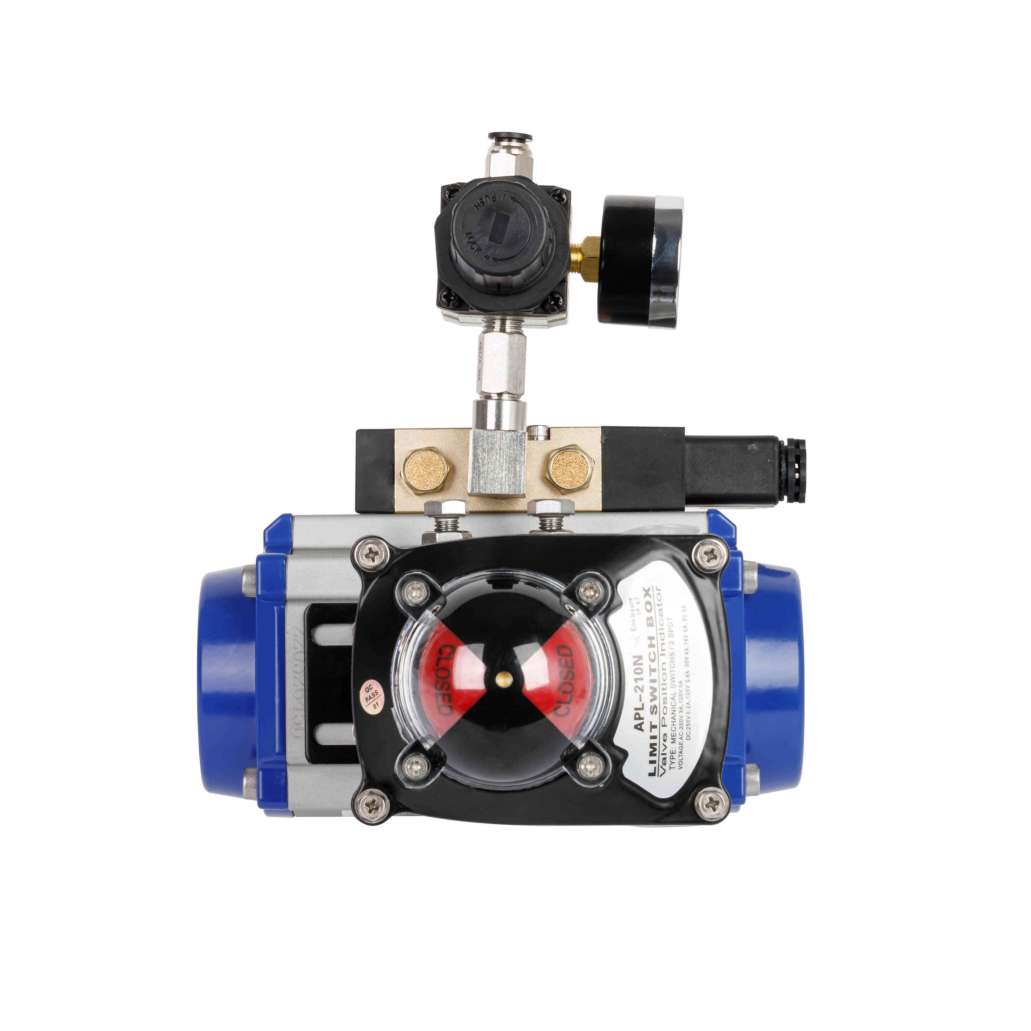understanding pneumatic actuators: principles, applications, and benefits
Release time:2025-03-26 17:04:42
Pneumatic actuators are devices that use compressed air to produce mechanical motion. These actuators convert the energy of compressed air into linear or rotary motion, which can be used in a variety of mechanical systems. Pneumatic actuators play a crucial role in many industries, such as automation, manufacturing, robotics, and even in certain medical applications. This article will explore the basic principles of pneumatic actuators, their common applications, and the benefits they offer.

Principles of Pneumatic Actuators

At the core of a pneumatic actuator is its ability to convert the pressure of compressed air into physical movement. The actuator typically consists of a cylinder, a piston, and valves that control the flow of air into the cylinder. When compressed air is introduced into one side of the piston, it creates a pressure differential that forces the piston to move. This motion can either be linear (back and forth) or rotary (a rotating motion), depending on the design of the actuator.




